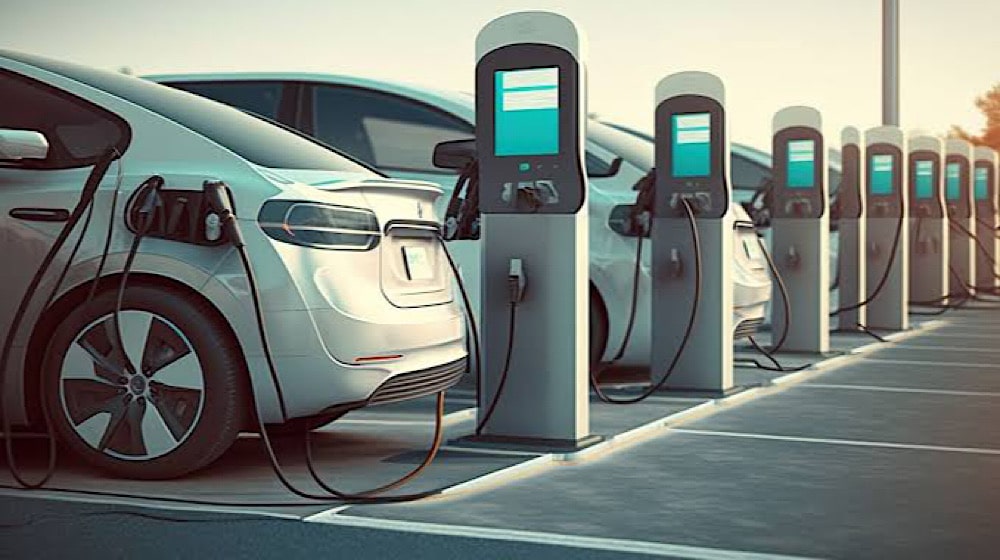Plug-in hybrids (PHEVs) continue to fall short of their low-emission promise, emitting significantly more CO₂ in real-world driving than official ratings suggest, according to a new report by Transport & Environment (T&E).
The study analyzed data from over 800,000 vehicles across Europe and found that PHEVs sold in 2023 released almost five times more carbon dioxide than advertised. While manufacturers claim a 75% reduction in CO₂ compared to petrol cars, real-world results show only a 19% cut.
T&E highlighted that many PHEVs engage their combustion engine during so-called electric trips. On average, the engine kicks in for nearly one-third of electric-mode driving, mainly because the electric motors aren’t powerful enough to drive the car alone. Emissions vary based on the power ratio: PHEVs with strong electric motors (0.9 ratio) emit around 45 gCO₂/km, while weaker ones (0.5 ratio) emit over 100 gCO₂/km.
Longer electric ranges also don’t guarantee better emissions. Models rated for over 75 km of electric driving showed higher emissions than mid-range ones. Heavier weight and more powerful engines led to average CO₂ outputs of 202 g/km in charge-sustaining mode, about 25% higher than those with shorter ranges.
T&E’s report also noted that fuel use during “electric” driving adds up. Based on typical usage, drivers spend an extra €250 (PKR 82,000) per year on fuel even when driving in electric mode.
The study concludes that most PHEVs remain a transitional solution with more promise than performance. Without stronger electric motors, lower vehicle weight, and better incentives for actual electric use, their environmental benefits will remain overstated.
